Ancient languages hold clues to the Original Instruction for humanity.
There is an expression in Lenape Delaware (Munsee/Unami) that goes, “Wa-ni-shi,” which is a way of saying “Thank you!” but literally means, “May the way be beautiful for you.” The word elides several words. First is Wah, which means “beauty, goodness, peace, love, white-light,” and more, and is a root syllable for variants of these words. Then there is Aan, which means “path or road.” Nee means “I” and tchi could mean “great.” But “wish for you” is also implied. One says this as a gift to the person who has done something for you, because exchange is the essence of survival on earth, helping Creation to continue.
However, the word “path” has many layers of meaning, and does not simply mean a dirt path on the ground. It refers to the right way to live, a harmonious way of life that helps Creation to continue, that moves us forward spiritually. Each Native American language I’ve encountered has a similarly profound meaning for a word for “path.”
It appears that the word for “pathfinder” often implies someone who helps others find their direction in life. There is no word in the English language for what I’m talking about, so some readers may need time to think about this. It is not surprising, in that languages differ greatly in their world view. What was surprising to me is that English was the ONLY language I could find that did NOT have a word for this. It would seem that Anglophones are at a unique disadvantage! I hope the following journey into linguistics is of some help in bridging this weird and surprising gap in the global culture. ‘
Although I am a person of Native American and Celtic ancestry, and consider myself to have been raised more or less in the values and beliefs of the Mi’kmaq traditions, I have always been keenly interested in how people around the world perceive God and themselves spiritually.
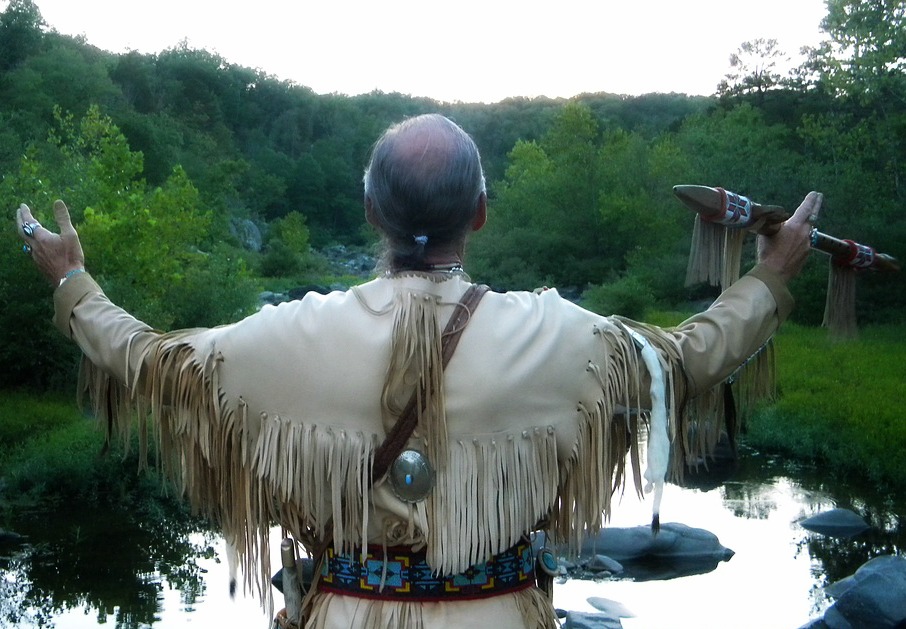
I learned from an early age that all human beings are our relations, as are the animals, plants, fish, moon, and stars. I also understood that any of these—a bird, a child, an old man—could become a messenger to us at a certain moment, and so I listened to people of all denominations and kept praying for good messages and for good visions. It is not surprising, then, that I soon came into contact with organized religion.
Although I grew up within walking distance of my spiritual temple—the woods and hills of Maryland—I was also not far from a world cultural center, Washington, D.C., which in the 1960’s was filled with a wide variety of spiritual activities. Religious leaders of all stripes and colors came to visit Washington and speak out on “what was wrong with America.” Before I drove a car—the modern-day coming of age initiation for urban Indians—I’d already had the opportunity to meet and ask questions of Martin Buber, the Talmudic philosopher; the Reverend David Eaton, a black minister, talk show host, and friend of Martin Luther King, Jr.; Isaac Bashevis Singer, the Jewish storyteller; Sri Chin Moy, the Pakistani poet and yogi; Brahmachari Keith, a disciple of Paramahansa Yogananda; and Dr. Mael Melvin, an astrophysicist at Temple University and one of the founders of the Transcendental Meditation movement. I also learned a lot from the monks at Catholic University, where I studied religion and philosophy as part of the regular curriculum, and from street people who had earned divine insight from hard suffering on the front lines of life.
It was a wonderful way to spend one’s youth, and I learned that many of the negative stereotypes we hear about people whose religions are “different” are not true, at least not for those who have been truly touched by the God of their ancestors, be it Allah, Brahma, or Jehovah. I found my teachers everywhere, in all traditions, and learned to call them my friends. It didn’t hurt that my father read to us from Joseph Campbell’s expansive multicultural book Hero with a Thousand Faces at the dinner table when we were in high school.
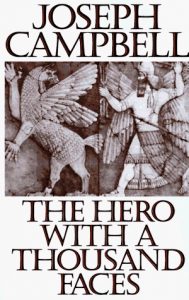
But outside of my own family, none of my teachers was Native American. For much of that time, Native American elders had been excluded from this multicultural dialogue about God. And yet, all along, the Native American teaching “We all belong here; we are all part of the great hoop of life” had helped form the foundation of religious tolerance in America and Canada. It is part of certain Native American teachings that different races and cultures are like the colors of the rainbow: they blend and yet retain their distinct identity. This Native principle for an inclusive, healthy society was enjoyed to a certain extent by most North Americans, yet not by Native North Americans themselves. In my youth, I applied that rainbow principle to religion and was richly rewarded. I feel it is appropriate for religion to offer that colorful invitation to Native Americans to foster a dialogue that is well overdue.
In 1989, when I finally connected with the Native American elders I had been looking for all those years, I was able to immediately see for myself how truly gifted they were and how valuable they could be to the world community. The wisdom I had hunted for all that time had been in my backyard all along. Meeting and talking with outstanding teachers of all nations had helped me recognize that here was the very thing that had been missing from my own life and, to a troubling extent, from the worldwide interfaith dialogue as well. I saw that many of the languages and oral traditions were dying out and began to write down what I could in order to preserve that indigenous knowledge. I am extending that to story as well. Constance DeJong once said, “Legends that are passed down by word of mouth are legends lost.” In our society, that seems to be more and more the situation, although it was not always so.
One unifying feature of Native American belief is the concept of the “Red Road,” though each tribe and nation also has its own name for it. Black Elk speaks of the Red Road in the book The Sacred Pipe. In Mi’kmaq, the “way of truth” is called agulamz. In Cherokee, the “way of good” is dohi (do-hi). The Hopi speak of the good red road that leads to a world that is healthy and safe for raising children. The Navajo call it “the beauty way,” which I have learned to live more effectively by returning to my own traditions.

I have found no one word in English that truly describes this “way.” However, a similar version of this word exists in at least a dozen ancient cultures all over the world. If you research these enigmatic words for many years, as I have done, I think you will come to the same conclusion. Each eludes an exact definition, yet each invokes, substantially, “the right way.”
In China, the word Tao means “the path.” Although they say “The Tao that can be spoken of is not the Tao,” this word implies more than simply wise ways to behave in human interactions—it also encompasses “the path” of things in nature and in the realm of the eternal. This is remarkably close to the fullness of meanings implied by the Red Road. Indeed, some Native American elders who have never read a book have spoken words about the Red Road that almost perfectly match those of Lao Tzu, the Chinese sage to whom we credit the Tao te Ching.
Another example from Hindu religion, more correctly called Sanatana Dharma, is the word dharma (dhamma in the Pali Canon), which originally carried all the same associations as Tao and the Red Road. Later, possibly around the time of Ashoka, dharma took on the additional meaning of law as a way of demanding that people actually put these principles into practice.
In the Celtic language family there is a word that is sometimes spelled Fi-rhinne (pronounced with a rolled r), which is associated with virtue, but which can be interpreted in a variety of ways: One with Fi-rhinne would be courageous, forthright, reliable, and truthful.
In Islam, the word Shari’a means “the path,” but, like dharma, came to also mean “law,” and is the basis of Islamic law. In Egypt the word ma’at referred to universal justice, but also to virtue, similar to the Celtic word. During the rise of Pharaoic power, the Pharaohs took exclusive control of ma’at and said that only they could understand all the levels of meaning of ma’at, or could truly be virtuous. At some point, the universal principle called ma’at became embodied by the goddess Ma’at, who was the forerunner of the Greek goddess of justice, whose picture is displayed prominently in many courtrooms in America. When Egyptians went to the world of the dead, they had to face Ma’at. His or her heart was removed and placed in her balanced scales, where it was weighed against a falcon’s feather; if it was heavier than the feather, the person had to face Ma’at’s judgment. This recalls the Native American saying, “Enjoy life but leave no tracks.” We need to take things lightheartedly in order to pass beyond the gates of Ma’at’s temple. A lighthearted person does not leave a trail of injustices behind.
I have been told that the Hebrew word Halakhah was in ancient times the word that referred to the good way. Not enough people were able to grasp for themselves what the good way really was or how a good person should act, so the various commandments in the Torah—the first five books of the Hebrew Bible—were made into a list of 613 mitzvot (plural for mitzvah, “commandment”). This list can be found in the Talmud, although there is more than one version.
In Sami, the language of the Sami people (who are often incorrectly called “Lapps” and whose territory is often incorrectly called Lapland), the pathfinder, or wayshower, is called the noiadi. In Slavic (Russian) the word doroga means “roadway,” and is related to drog, the Old Chinese for Tao, and related to the English word “duty.” However the Russian word put’ (pronounced “poodt”) today carries the mystical meaning of “the path we walk.”
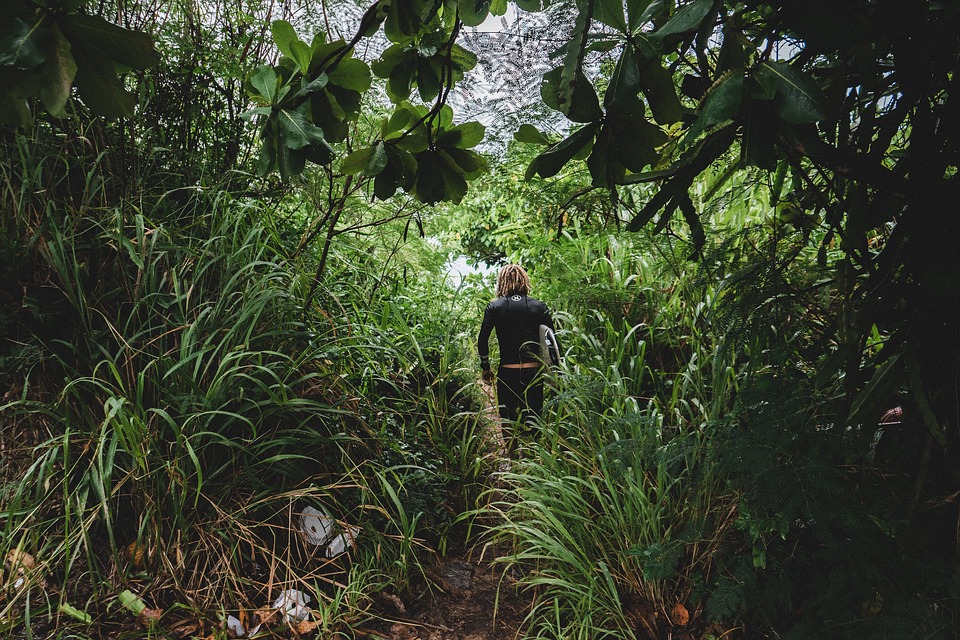 There are many more examples from all over the world of such words that have survived even though their parent languages are nearly extinct: words showing us that at one time everyone may have shared a common mystical belief in a “right way” for humankind to follow. In the film Good Enough for Two, Mi’kmaq canoe builder Todd Labrador relates how his father told him that in the forest, all trees may seem to be separate, but underneath the ground, they are holding hands—their roots intertwine in a great web of life, regardless of species. In a similar way, I feel that the Red Road teachings and the Native American spiritual philosophy as a whole offer the people of the world a view of these common “Taoistic” roots and a source of inspiration for re-examining their own natural origins, which are intertwined.
There are many more examples from all over the world of such words that have survived even though their parent languages are nearly extinct: words showing us that at one time everyone may have shared a common mystical belief in a “right way” for humankind to follow. In the film Good Enough for Two, Mi’kmaq canoe builder Todd Labrador relates how his father told him that in the forest, all trees may seem to be separate, but underneath the ground, they are holding hands—their roots intertwine in a great web of life, regardless of species. In a similar way, I feel that the Red Road teachings and the Native American spiritual philosophy as a whole offer the people of the world a view of these common “Taoistic” roots and a source of inspiration for re-examining their own natural origins, which are intertwined.
Following the Red Road, I founded the Center for Algonquin Culture, a nonprofit organization in service to the elders of the Algonquin (and other) nations, to help them bring their spiritual message more effectively to the mass media. Some elders do not wish for notoriety, feeling that it would interfere with their work. Others, such as William Commanda, who held the Seven Fires Wampum Belt that embodies prophecies given to the Algonquin people over 700 years ago (and who met with the Dalai Lama on several occasions), and Eddie Benton Benaise, the Medicine Chief of the Three Fires Midewiwin Lodge (and who has a master’s degree in comparative religion), are becoming well known to the public. There are many others. The change is about to happen.
The late William Commanda wrote:
My peoples have been crushed for a long time…. We see churches, cathedrals, synagogues, temples and mosques reflecting the great diversity of cultures here [in North America] but there is still no place where indigenous peoples can gather together in the spirit of unity that used to mark our heritage.Over recent years, I have … said that Turtle Island would not find true peace until the relationship with the first peoples of this land was healed and we occupied our rightful position in the heart of this country…. But my ancestors used to say the most nutritious walnuts emerge after the coldest winter. In my mind, it is the indigenous peoples who hold the seeds for a vision of inclusion and collective sharing, respect, and responsibility.
[This is why,] with the commencement of the United Nations Decade for a Culture of Peace, I began to pursue the work of developing a vision for a fully inclusive indigenous peace-building cultural centre on Victoria Island [near Parliament in Ottawa, Ontario, Canada].
The essential message that unifies Native American wisdom teaching is clear: “The earth does not belong to us; we belong to the earth.” Whether or not Chief Seattle really said this is disputed, but it makes no difference; thousands of Native Americans had said it before he was ever born, and thousands have said it since, and I’m saying it now. It is a teaching that is not totally unknown within the great world religions.
The Arabic word hilafa, for example, refers to a stewardship “bestowed in trust” in Islam; and in the Qur’an (10:14), the angels state, “Thus we have made you to succeed one another as stewards on the earth, that We might behold how you acquit yourselves.” Shomrei Adamah means “Guardians of the Earth” in Hebrew and refers to a group within Judaism that places emphasis on the Jewish traditions that honor the earth, such as Tu B’shevat, the Jewish New Year of the Trees, and Bal Tashchit, the biblical prohibition against wasteful behavior. Each major faith has one or more branches or leaders who do honor the earth in this way, but typically these groups and leaders are misunderstood—and marginalized—by their own religious organizations.
The path of honoring the earth is not an easy one. Although it promises seven generations of gain, it does require short-term sacrifices. It has never been a popular path, and not enough people have walked it. In order to truly change our destructive ways, we need to have an emotional connection to Mother Earth, perhaps even a religious zeal about our relationship with her. Almost all of the elders I have worked with have this zeal. Sometimes it surprises me still. This emotional connection affects every aspect of traditional culture, and unless people of all cultures and races learn to embrace this ancient teaching as their own indigenous ancestors once did, I fear that we are not to last as a species. We need to pay attention to the hell on earth we could be creating out of the paradise that is God’s handiwork.


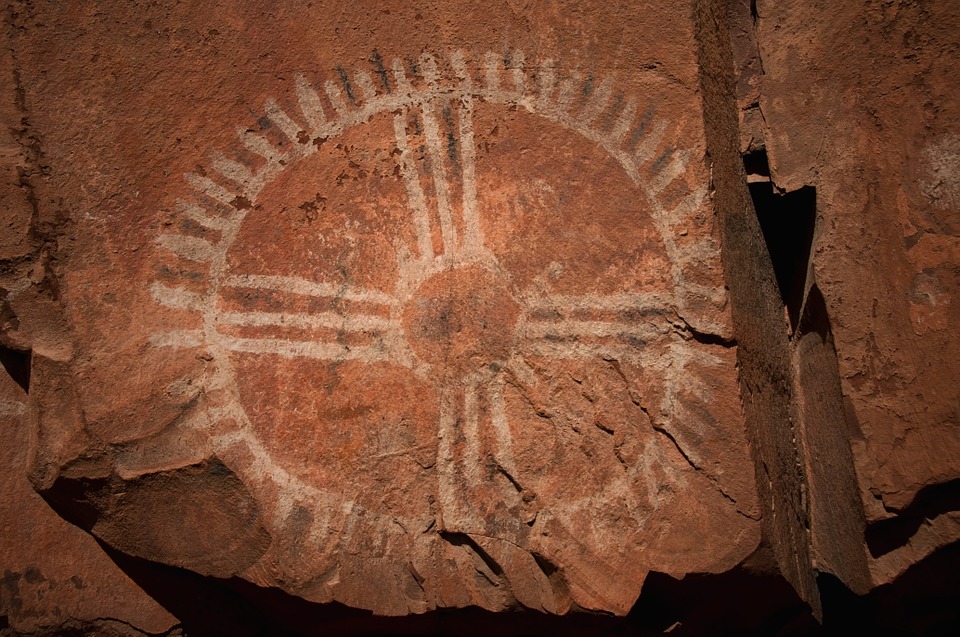
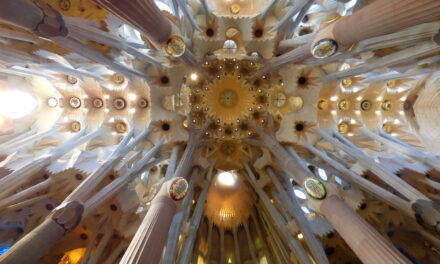
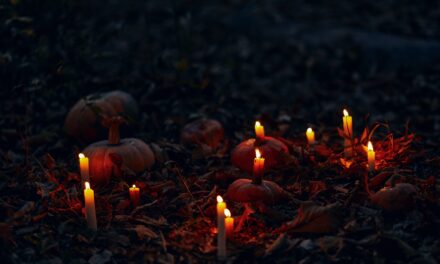
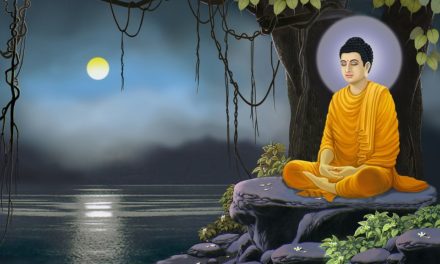
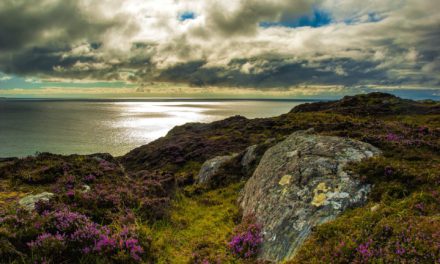

This is an article filled with wonder, wisdom and a hope that humanity might yet awaken to the healing way that embraces and cherishes the diversity of life. I enjoyed the images as well as this elder’s story of finding what he was searching for in his own “backyard”. May we all find and walk the good red road….. Blessings